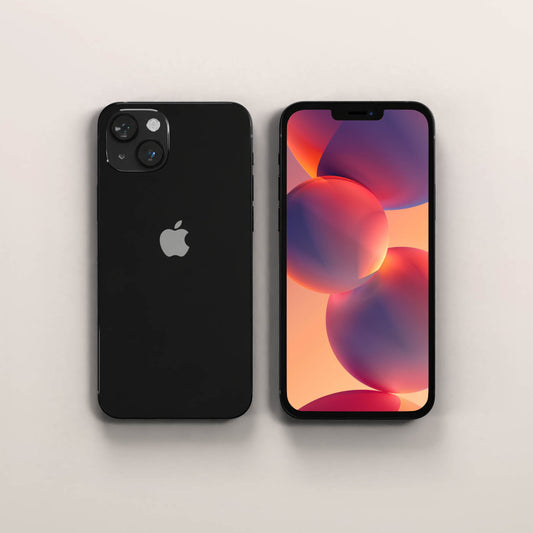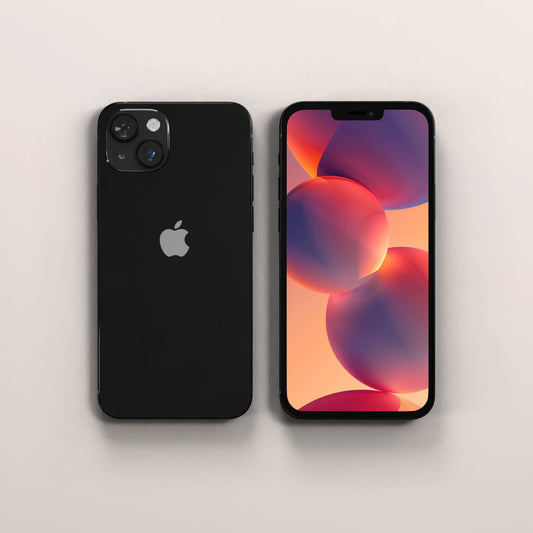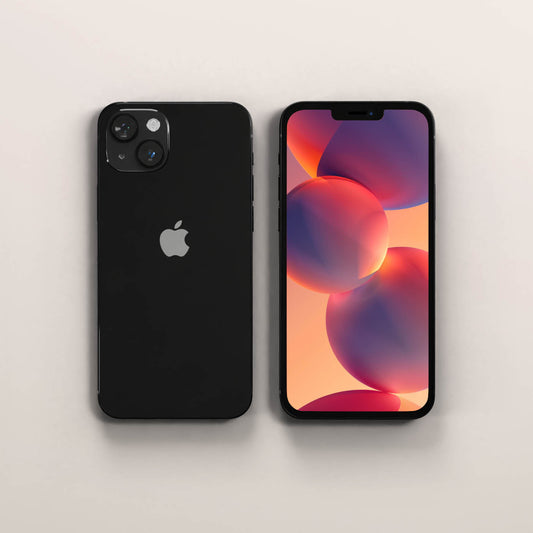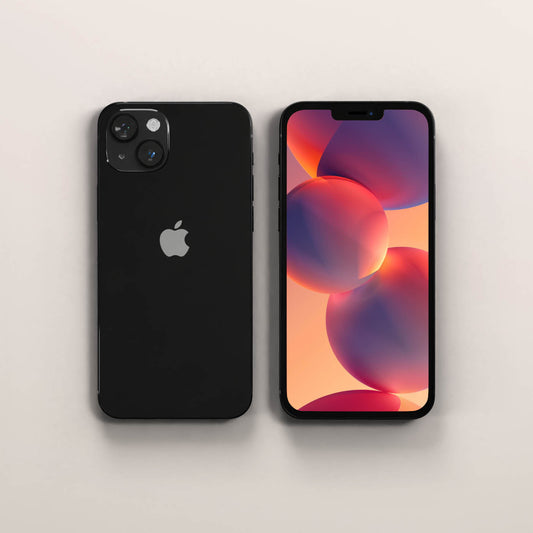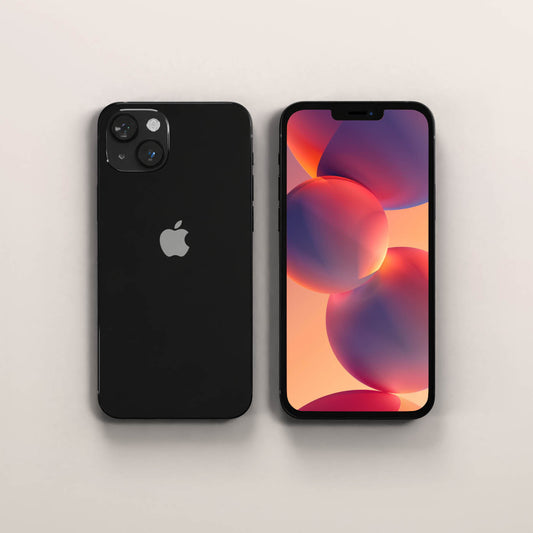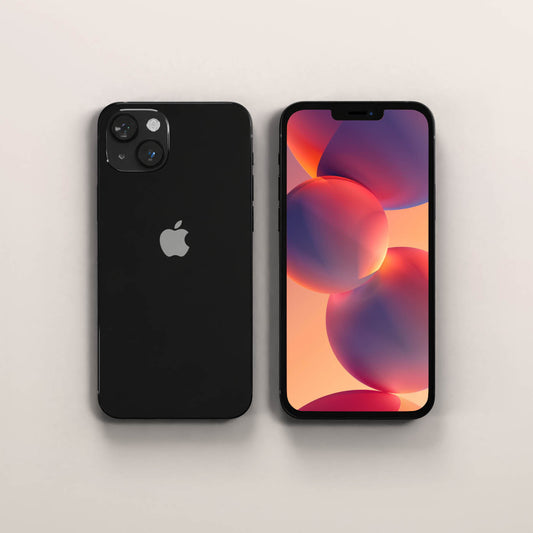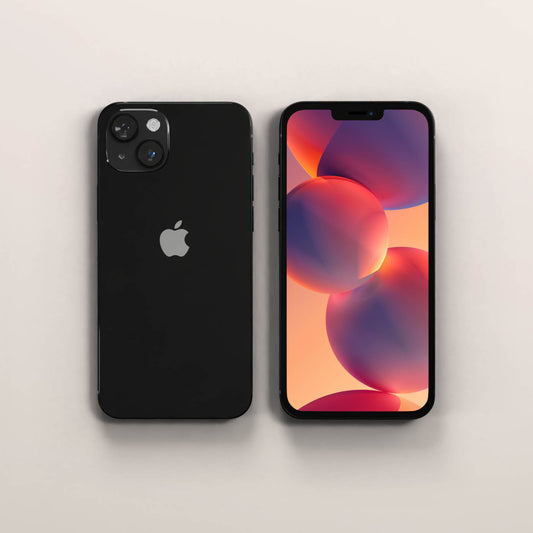Free 30-Day Returns
Free Shipping
Certified 55-Point Inspection
Customer Service 7 Days a Week
Free 30-Day Returns
Free Shipping
Certified 55 Point Inspection
Shop by Category


PRE-OWNED IPHONE 13S FOR SALE
Ready to upgrade your device? You can always buy new — or you could get all of the features you want at a fraction of the cost with a used phone. Gazelle carries secondhand iPhone 13 models in several price ranges and preferences, from color to carrier.
Why Buy a Refurbished iPhone 13?
iPhone is, and has always been, one of the most popular smartphones available. Every updated model from the brand offers exciting new features, like an improved camera, iOS interface and security.
The iPhone 13: Still a New Phone
The iPhone 13 was rolled out in 2021. Since then, many smartphone users have switched to new releases from other leading brands — meaning you can get a refurbished device at a great discount.
iPhone 13 Features
There may be newer phones on the market, but the iPhone 13 still has the same great features that so many have fallen in love with over the past few years. It has an advanced dual camera system, Magsafe wireless charging, and a powerful A15 bionic chip for smooth video playback and online multiplayer gaming. Enjoy the flexibility of NANO SIM card support, as well as impressive battery life.
iPhone 13 Battery Life
While battery claims depend on network configuration and other settings, the iPhone 13 has a battery capacity of 3,227mAh. It can deliver up to 19 hours of video playback and 15 hours of online streaming, however batteries have limited recharge cycles.
The exact number of charge cycles varies. Our commitment to delivering great products ensures that our refurbished Apple iPhones have good battery health.
An Advanced Dual Camera System
The Super Retina XDR Display provides crisp visuals, as well as Dolby Vision support and a wide range of photographic styles. Take better photos than all but the newest devices using features like cinematic mode, which creates beautiful depth effects and focus transitions.
Your refurbished iPhone 13 might have normal wear, but it's highly resilient thanks to the ceramic shield carried over from previous models.
It's also durable, with solid manufacturing standards that make it resilient even if you splash water and dust on the device. Tests in controlled laboratory conditions show the iPhone 13 is waterproof up to a maximum depth of 6 meters, for up to 30 minutes at a time.
Choose between different certified refurbished Apple iPhone models, like the iPhone 13 128GB, the iPhone 13 Pro Max, and more.
The Benefits of Buying a Secondhand iPhone 13
Buying a used iPhone 13 offers plenty of advantages, like:Why Choose Gazelle for Used Phones?
Gazelle can help you find a better phone on a budget. We put all of our used phones through a 55-point inspection. We examine the camera, Wi-Fi capabilities, screen, and other key features so you know exactly what you're getting.
Some of the perks of buying secondhand devices from Gazelle include:
- Convenient shopping: Whatever carrier you prefer, we have a model for you. Buy it in a few clicks, and we'll ship it right to your door.
- Safe transactions: As an established brand, we have a site that you can trust throughout the buying process.
- Informative listings: Check our detailed descriptions to learn more about the condition and pricing of every phone.
- Add-on protection: Get coverage for up to a year of repairs for accidental mechanical and electrical damage.
- Optional payment plans: We offer payment plans through Affirm and Katapult to help you break down the cost of your device.
We also offer 30-day, hassle-free returns — and all of our phones come with a charging cable, so you won't need to buy a USB C to lightning cable. All you have to do is plug in the device and start setting it up.
Buy a Used iPhone 13 With Gazelle
Gazelle makes the shopping process easy, with phones in the colors, wireless carriers, and price ranges you want. We're constantly adding to our inventory, so be sure to check back if you want even more options. Search our iPhone 13 inventory today to find your next device.




